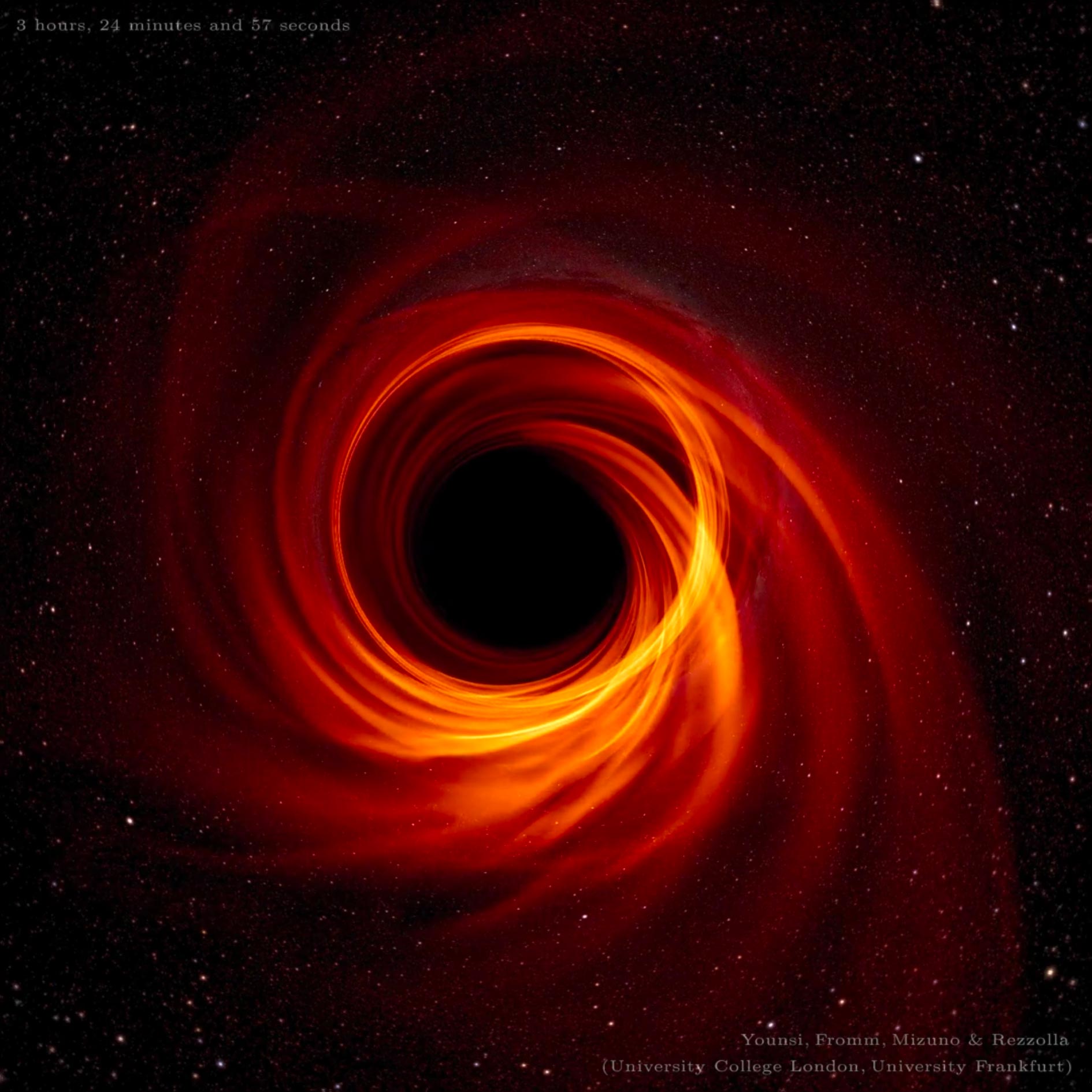In space, a black hole is a region where gravity is so strong that even light cannot escape. Because the substance is compressed into such a small area, the gravity is extremely intense. When a star is dying, this may take place. Black holes are invisible to humans because no light can escape from them. They are undetectable. Specialized space telescopes can aid in the discovery of black holes. The unique instruments can observe how stars that are very near black holes behave differently from other stars.
Black holes can vary in size. According to scientists, the tiniest black holes are as small as one atom. Despite their small size, these tiny black holes have the mass of a huge mountain. An object’s total amount of substance, or “stuff,” is known as mass. “Stellar” black holes are another type of black hole. Its mass is potentially up to 20 times greater than that of the sun. In the galaxy of Earth, there could be a huge number of star mass black holes. The Milky Way is the name given to our galaxy.
“Supermassive” black holes are the biggest ones. The total masses of these black holes are greater than one million suns. Science has proven that there is a supermassive black hole in the heart of every large galaxy. The supermassive black hole at the center of the Milky Way galaxy is known as Sagittarius A. It would fit inside an extremely huge ball that could accommodate a few million Earths and has a mass equivalent to around 4 million suns. The smallest black holes, according to scientists, are those that originated at the Big Bang.
Stellar black holes are created when the core of a massive star collapses in on itself. When this happens, a supernova is produced. A supernova is a star that explodes and sends a portion of the star into space. Supermassive black holes are believed by scientists to have formed simultaneously with the galaxy they are in.
It is impossible to observe a black hole due to its tremendous gravitational pull on all nearby light. However, specialists can see how the region’s stars and gas are affected by the black hole’s strong gravitational pull. To determine if stars are passing by or orbiting a black hole, scientists can observe stars. High-energy light is produced when a black hole and a star are close to one another. Human eyes cannot see this type of light. To view the high-energy light, scientists employ satellites and telescopes in space. Planets, moons, and stars are not consumed by black holes as they move through space. Earth won’t fall into a black hole since none are near enough to the solar system. Earth would not be swallowed up even if a black hole with the same mass as the sun were to replace the sun. The sun would weigh the same as the black hole. As they do now with the sun, Earth and the other planets would orbit the black hole. Never will the sun become a black hole. A star the size of the sun cannot create a black hole.

![]()

